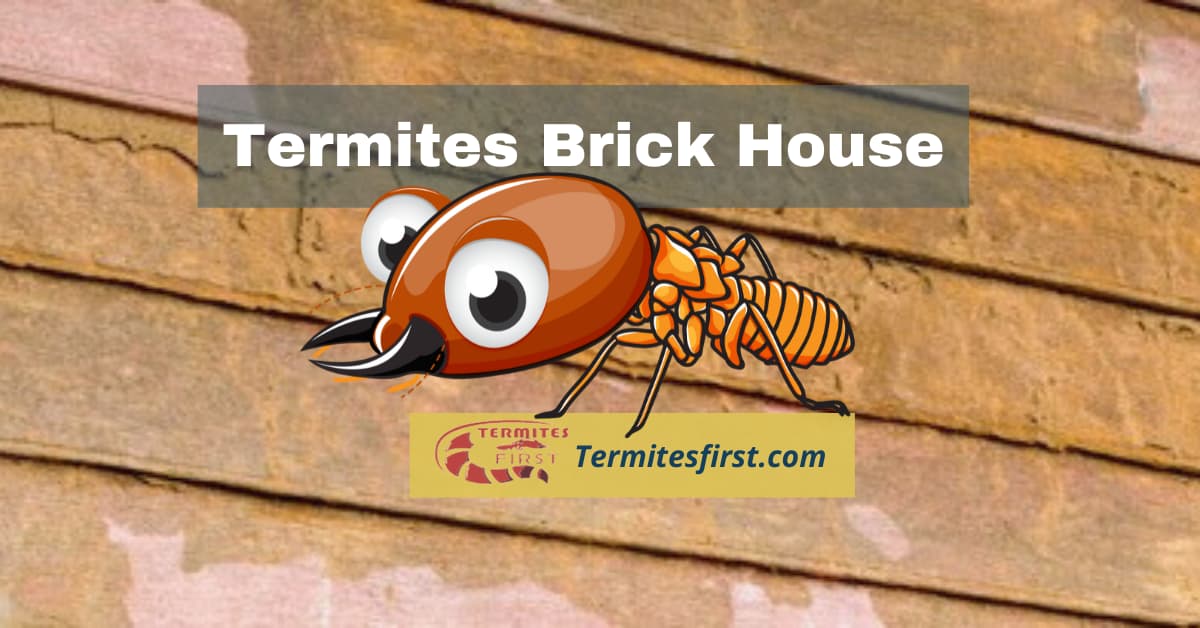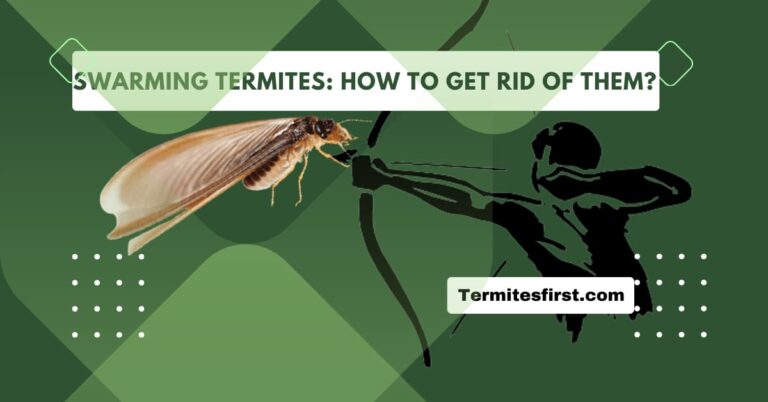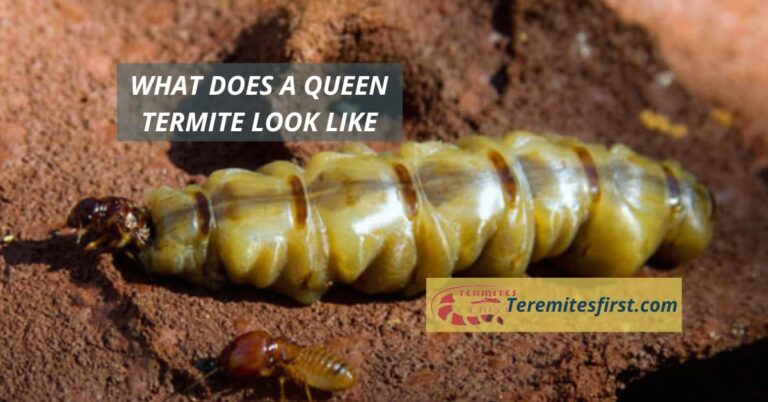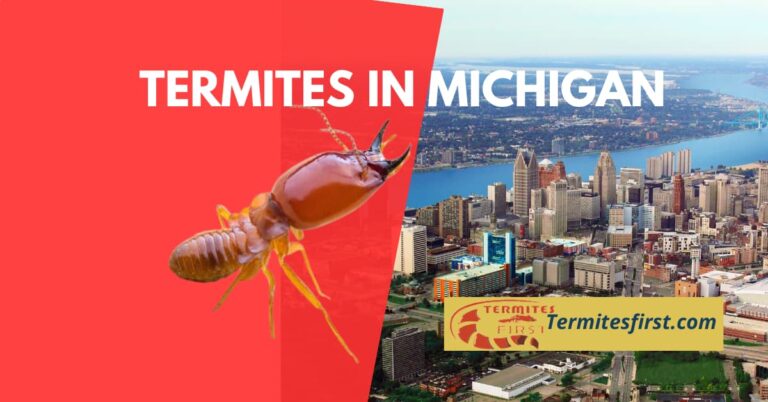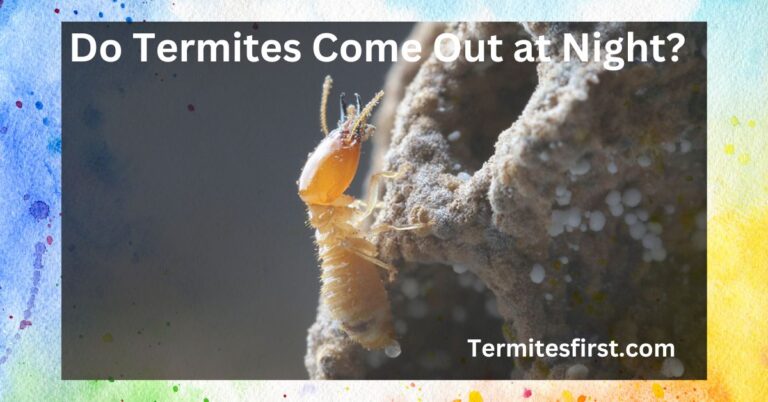Termites Brick House: A Complete Guide
In homeownership, nothing symbolizes strength and longevity, quite like a brick house. Your brick home is a representation of safety and stability. What if I told you that it may be attacked by little invaders? In this guide, we’ll unravel the mystery of “termites brick house“, why they’re eyeing your brick haven, and how you can protect your home with easy, practical steps. Defend your home.
Understanding Termites:
Termites are like stealthy home wreckers, munching on the wooden bits that hold your place together. There are different types, each with its quirks. Knowing the basics, like their straight antennae and equal-length wings, can help you spot the signs early.
Because of their similar dimensions and structure socially in comparison to ants, termites are often mistaken for being ants. They differ from ants because they are able to fly with equal length wings and a waist that is uniform as well as straight, yellow antennae. First step to identify the possibility of a termite infestation could be in these small differences.
Do Termites Eat Brick Houses?
No, termites don’t eat brick houses. Bricks are not on their menu. Termites are more interested in wood, paper, and cellulose-based materials. However, they can still threaten brick houses by finding their way through cracks or gaps in the mortar. Once inside, they target the wooden structures, potentially causing damage. So, while they don’t feast on bricks, they can still be a problem for the parts of your home made of wood.
Signs of Termite Infestation in Brick House:
The signs of an infestation by termites aren’t obvious but are easily detected by an eye for detail. Mud tubes along the exterior of your home, especially near the foundation, are a clear indication of subterranean termite activity. Discarded wings around windowsills or on the floor suggest the presence of swarming termites, often a sign of an established colony. Another cautionary sign is wood that, when tapped, sounds hollow. The thin veneer that termites leave behind after consuming wood might fool an inexperienced ear. Regular inspections, inside and outside your home, can help you catch these signs early, potentially saving you from extensive damage.
Can Termites Bore through the Brick House?
No, termites can’t bore through brick houses. Bricks are like a fortress to them. However, termites are crafty – they can find their way through cracks or gaps in the mortar. Once inside, they focus on the wooden components of your house, which may cause significant problems. For homeowners, termites in a brick home can be a major worry. While bricks themselves are not a food source for termites, these pests can find their way into homes through vulnerabilities in mortar or cracks.
Once inside, termites target wooden structures, potentially causing extensive damage. Regular inspections for signs like mud tubes, discarded wings, or hollow-sounding wood are crucial for early detection and prompt intervention. To protect your brick house from termites, it’s essential to seal entry points, address moisture issues, and consider professional pest control measures for effective prevention.
Why Termites Love Brick Houses?
The question often arises: why do termites have a penchant for brick houses? It turns out it’s not the bricks that attract termites but the conditions they create. Brick provides a favourable environment for termites due to its ability to retain moisture and warmth.
High humidity conditions are ideal for termites, and the moisture that brick walls hold makes them more hospitable. The warmth that brick absorbs during the day and radiates at night creates a comfortable haven for termites. It is essential to understand these aspects to create tactics to reduce the allure of your brick property to these unwanted visitors.
Termites Brick House:
Termites seriously threaten the structural integrity of a brick home. These pests often exploit vulnerabilities in the mortar or cracks in bricks, gaining access to the wooden components of your home. To protect your brick house from termites, regular inspections are essential. Look for signs like mud tubes along the foundation or discarded wings, and promptly address any issues to prevent extensive damage.
Termites Double Brick House:
Even double brick houses aren’t immune to termite infestations. The challenge lies in the concealed spaces between the bricks where termites can operate undetected. Effective prevention involves regular inspections, identifying potential entry points, and implementing protective measures. Don’t underestimate the need for vigilance in safeguarding your double brick home from termite damage.
Termite Damage Brick House:
Recognizing termite damage in a brick house is crucial for early intervention. Signs include collapsing flooring, hollow-sounding timbers, mud tubes or abandoned wings. The structural integrity of your house may be compromised by termite damage that is not remedied. Regular visual and professional inspections are key to promptly identifying and addressing termite-related issues.
Can Termites Affect Brick Houses?
Termites can affect brick houses. While bricks themselves aren’t a food source for termites, these pests find their way into homes through vulnerabilities in mortar or cracks. Once inside, they target wooden structures, potentially causing significant damage. Understanding how termites can affect brick houses is the first step in implementing preventive measures to safeguard your property.
Do Termites Like Brick Houses?
Termites do find certain characteristics of brick houses appealing. The moisture-retaining properties of bricks, especially in humid conditions, make them attractive to termites. Furthermore, the warmth of the bricks might provide these bugs with a cosy home. Homeowners should be aware of these factors and take proactive steps to make their brick homes less enticing to termites.
Do Termites Invade Brick Homes?
Termites don’t discriminate when it comes to invading homes, including brick structures. They exploit vulnerabilities such as cracks in the foundation, wall gaps, or wooden elements in contact with the ground. Homeowners should be vigilant, conducting regular inspections and addressing potential entry points to prevent termite invasions in their brick homes.
How Do Termites Get Into a Brick House?
Termites are crafty invaders, finding their way into brick houses through various entry points. Common avenues include cracks in the foundation, gaps in mortar, or openings around utility pipes. Regular inspections, sealing entry points, and addressing moisture issues effectively thwart termites from infiltrating your brick home.
Can You Have Termites in a Brick House?
Yes, termites can infest brick houses. Symptoms of termite activity are mud tubes, decomposing wings, and wood that produces a hollow sound after tapping. Owners of homes should be proactive in conducting periodic inspections to detect and deal with termite concerns earlier. Timely intervention is vital for preventing damage and maintaining the structural integrity of the brick structure of a house.
Can a Brick Home Have Termites?
Even the sturdiest brick homes are susceptible to termite infestations. Termites can exploit vulnerabilities in bricks, mortar, or wooden components, potentially causing significant damage. Homeowners should prioritize preventive measures, including regular inspections, proper drainage, and promptly addressing any issues to protect their brick homes from termite threats.
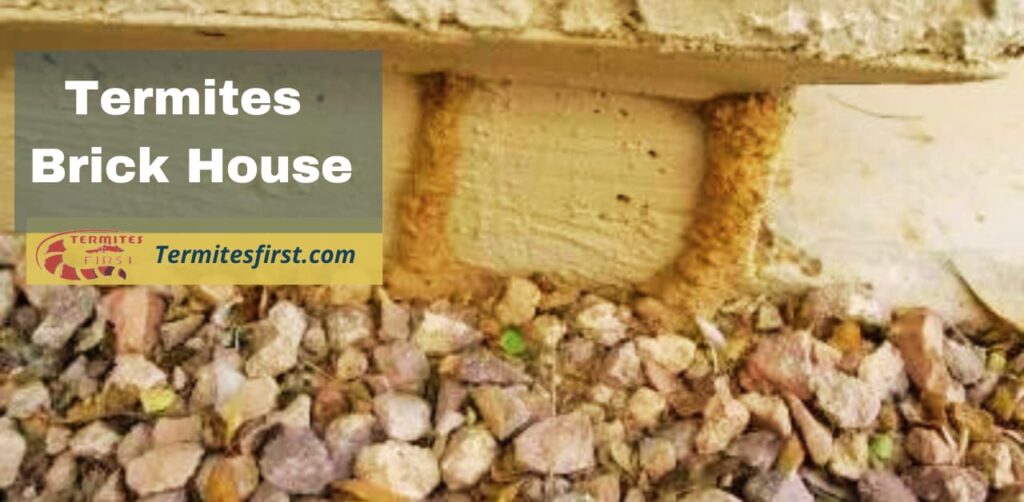
Protecting Your Brick Home from Termites
Prevention Tips:
Preventing termite infestations is not about turning your home into a chemical fortress. The likelihood of a termite infestation can be considerably decreased by taking easy, doable procedures.
Ensure Proper Drainage:
Addressing water accumulation around your home is a key preventive measure. Moisture attracts termites, so keeping the area surrounding your foundation dry is crucial.
Regular Inspections:
Conduct routine inspections of your home, both indoors and outdoors. Keep an eye out for the warning signals we discussed earlier, and don’t be afraid to ask for help if you see anything out of the ordinary.
Seal Entry Points:
The slightest flaws in your house might allow termites to get in. Seal any gaps or crevices in your foundation, walls, and windows to limit their access.
Mind Your Landscaping:
Avoid placing wood or mulch directly against your home. Termites can use these as bridges to reach your house. Maintain a clear space between the wood and your home’s foundation.
Professional Pest Control:
Think about scheduling frequent expert pest inspections. Experts can identify potential risks and take preventive measures that may not be feasible for homeowners to do on their own.
Dealing with an Infestation:
You’ve discovered the unwelcome truth—termites have infiltrated your sanctuary. Panic is a natural response, but a strategic and informed approach is your best defense.
Don’t DIY Everything:
While DIY solutions might work for some household issues, termite infestations often require professional intervention. Pest control specialists have the skills and resources necessary to solve the problem.
Identify the Extent of Infestation:
Professionals will assess the extent and identify the termite species involved. The right therapy must be decided using this information.
Chemical Treatments:
In some circumstances, chemical treatments could be required to eliminate the termite colony. This should be done by licensed professionals who follow safety guidelines.
Preventive Measures:
Implementing preventive measures becomes paramount once the infestation is under control. This may include ongoing monitoring, repairs to damaged wood, and adjustments to landscaping.
Conclusion:-
In the battle against termites, knowledge is your greatest ally. You can fortify your brick haven by understanding the habits of these tiny invaders, recognizing the signs of infestation, and implementing practical prevention measures. Remember, it’s not just a house; it’s your home. And defending it against termites is a human instinct we can all resonate with. Stay vigilant, stay informed, and let the walls of your brick sanctuary stand strong for generations to come.
FAQ’s:-
Termites can still threaten brick houses since they can damage the wooden elements within the structure.
Termites are not typically visible on brick surfaces, but you can detect their presence through mud tubes or swarming events. Look out for these signs to identify termite activity around your brick house.
Yes, termites can harm the foundation of a house. While termites primarily feed on wood, they can also tunnel through non-wood materials like concrete and mortar to reach the wooden structures within a foundation. Over time, this tunneling can weaken the foundation, leading to structural issues.
No, termites do not eat or damage plaster. They may use cracks in plaster to access wood, which they can damage.

